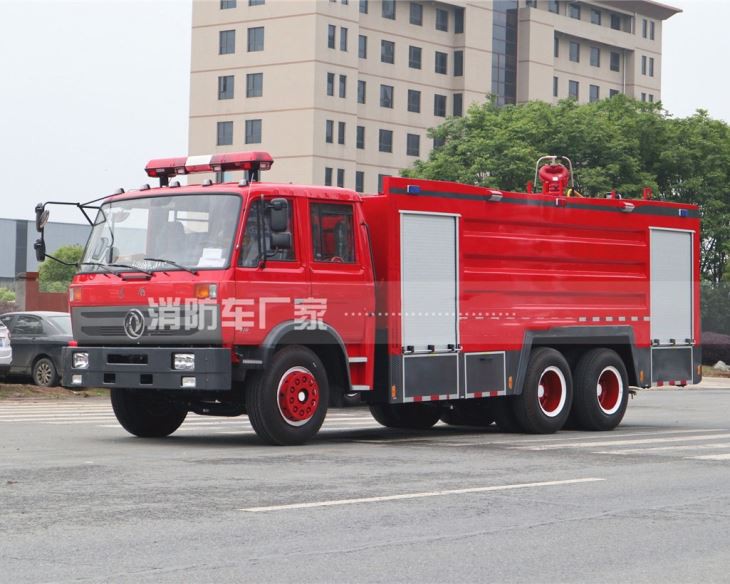Concrete mixer drums are essential components in construction, used to combine various materials like cement, water, and aggregates to create concrete. This article will explore every aspect of concrete mixer drums, including their types, specifications, maintenance, and how to choose the right one for your project. Whether you’re a seasoned contractor or a DIY enthusiast, this guide will help you understand and utilize concrete mixer drums effectively.
What is a Concrete Mixer Drum?
A concrete mixer drum is the cylindrical container that rotates to mix concrete components. The drum is typically mounted on a truck or trailer, making it easy to transport concrete on-site. The primary function of the mixer drum is to ensure that the concrete ingredients are homogeneously mixed and kept in a workable state until pouring.
Types of Concrete Mixer Drums
1. Mobile Concrete Mixer Drums
Mobile concrete mixer drums are mounted on trucks and can transport the mixed concrete directly to the job site. These mixers are beneficial for large projects where a continuous supply of concrete is needed.
2. Stationary Concrete Mixer Drums
Stationary mixer drums are generally used for smaller jobs or in a fixed location. They allow for continuous mixing and can be operated independently of a truck.
3. Reverse Drum Mixers
Reverse drum mixers use a two-way rotation to mix concrete. They rotate one way to mix the ingredients and reverse to discharge the mixed concrete. This type is effective in ensuring a thorough mix.
4. Tilting Drum Mixers
Tilting drum mixers can tilt for easy discharge of concrete. This design allows for better control and faster unloading of the mixed concrete, which is advantageous in time-sensitive projects.
Specifications of Concrete Mixer Drums
When selecting a concrete mixer drum, several specifications should be considered:
| Specification | Description |
|---|---|
| Drum Volume | The total capacity of the mixer drum, usually measured in liters or cubic meters. |
| Power Source | Electric, diesel, or gasoline-powered. |
| Mixing Speed | The speed at which the drum rotates, affecting the mixing time. |
| Weight | The total weight of the mixer drum, impacting transportability. |
How to Choose the Right Concrete Mixer Drum
1. Assess Your Needs
Determine the scale of your project and the amount of concrete required. This will help you decide the drum volume you need.
2. Consider Power Options
Choose a power source suitable for your site. Electric mixers are quieter, while diesel or gasoline mixers have greater mobility.
3. Evaluate Mixing Efficiency
Look for drums with higher mixing speeds and designs that facilitate quick and thorough mixing.
4. Check for Portability
If your project requires frequent movement, choose a lighter model or one with wheels for easier transportation.
Benefits of Using Concrete Mixer Drums
1. Enhanced Mixing Quality
Modern concrete mixer drums provide a uniform mix, ensuring consistent quality in the concrete.
2. Time-Saving
Concrete mixer drums can prepare large quantities of concrete in a short time, reducing project timelines.
3. Mobility
Mobile mixers allow for the delivery of fresh concrete directly to construction sites, minimizing delays.
Best Practices for Operating Concrete Mixer Drums
1. Ensure Proper Loading
Always adhere to the drum’s capacity limits to prevent overloading, which can lead to inefficiencies and equipment damage.
2. Monitor Mixing Time
Follow recommended mixing times to ensure the proper consistency of the concrete.
3. Maintain Cleanliness
Regularly clean the drum after use to prevent hardened concrete buildup, which can adversely affect performance.
4. Safety Precautions
Follow safety guidelines while operating mixers. Wear appropriate personal protective equipment (PPE) and keep the worksite organized to prevent accidents.
Maintenance Tips for Concrete Mixer Drums
1. Regular Inspections
Conduct routine inspections to check for wear and tear, as well as the functionality of moving parts.
2. Lubricate Moving Parts
Regularly lubricate gears and bearings to ensure smooth operation and prevent mechanical failure.
3. Check Hydraulic Systems
Inspect hydraulic systems (if applicable) for leaks, ensuring they function efficiently.
4. Replace Worn Parts
Be proactive in replacing worn-out components to avoid expensive repairs in the future.
Concrete Mixer Drum Safety Measures
1. Use Safety Gear
Ensure all operators wear helmets, gloves, and ear protection when working with concrete mixers.
2. Provide Training
All personnel operating concrete mixers should undergo training to familiarize themselves with operating procedures and safety protocols.
3. Post Safety Warnings
Visible safety warnings should be displayed near the equipment to remind workers of potential hazards.
4. Maintain a Safe Work Area
Keep work areas organized and free from obstacles, ensuring easy access to emergency exits and first aid kits.
FAQs about Concrete Mixer Drums
1. How do I clean a concrete mixer drum?
To clean a concrete mixer drum, fill it with water and run the mixer for several minutes. Afterward, discharge the water and remove any residual material with a scraper or high-pressure washer.
2. What is the average lifespan of a concrete mixer drum?
The average lifespan of a concrete mixer drum can range from 5 to 10 years, depending on usage and maintenance practices.
3. Can I use a concrete mixer drum for other materials?
Yes, in addition to concrete, mixer drums can be used for mixing materials like mortar, plaster, and certain aggregates, as long as they follow proper cleaning and maintenance protocols.
4. How do I determine the right size of a concrete mixer drum for my project?
Calculate the total volume of concrete needed for your project and choose a mixer drum that accommodates slightly more than this volume to ensure adequate mixing.
5. Are electric concrete mixers better than diesel ones?
It depends on the project’s requirements. Electric mixers are quieter and better for indoor projects, while diesel mixers provide more power and are suitable for outdoor jobs requiring mobility.
6. What should I do if my concrete mixer drum is not mixing properly?
If your concrete mixer drum is not mixing correctly, check for blockages, verify that it is not overloaded, and inspect the mixing blades for damage or wear.





